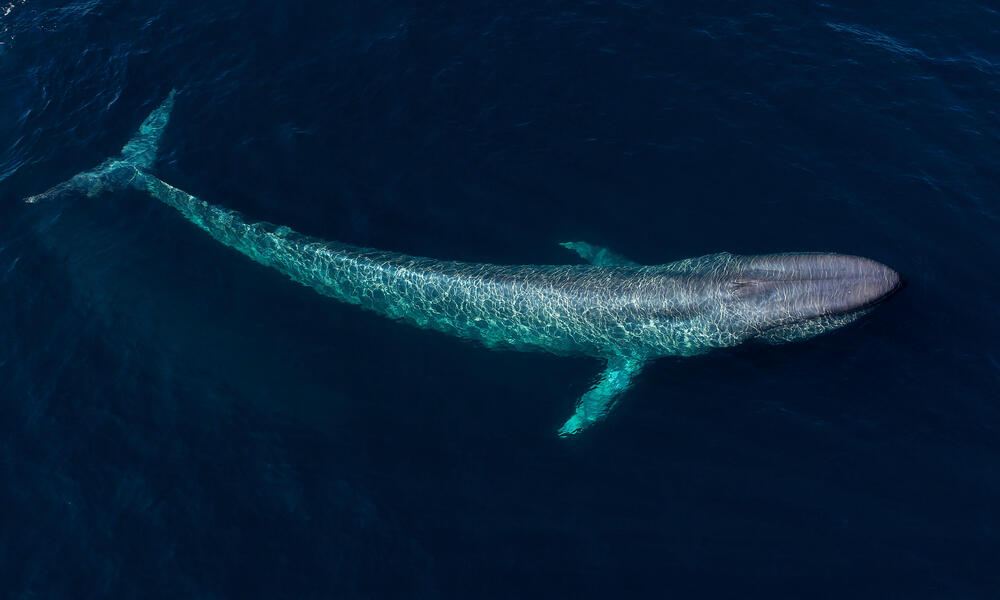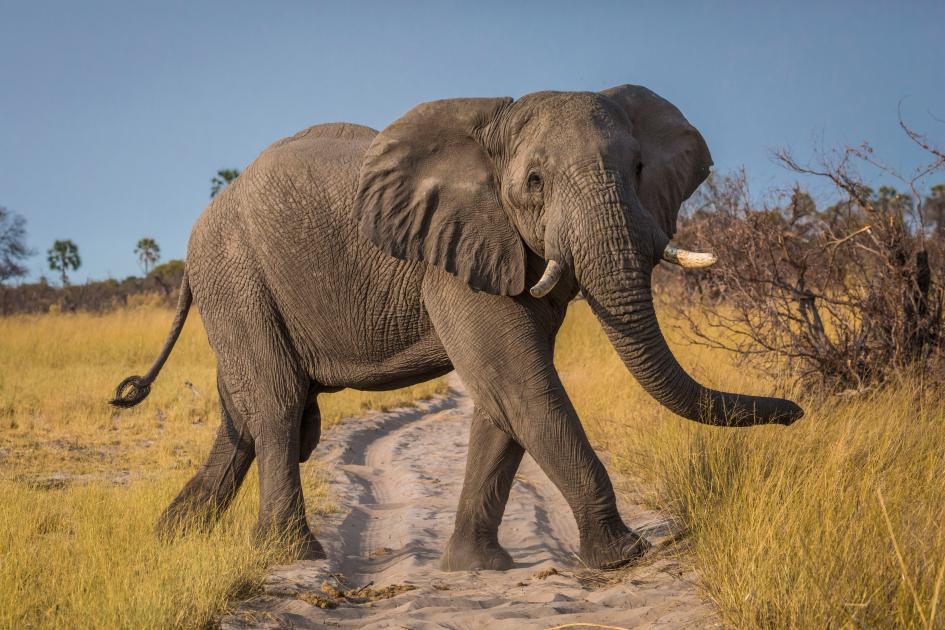A Comparative Analysis of Blue Whale and Elephant Size
Size has always fascinated humans, and when it comes to the giants of the animal kingdom, two creatures stand out: the blue whale and the elephant. Both species boast immense size, but they inhabit vastly different environments—the ocean and land, respectively. In this article, we'll delve into a detailed comparison of the size of blue whales and elephants, exploring their dimensions, physical attributes, and the factors contributing to their impressive sizes.
I. Blue Whale: The Oceanic Colossus
1. Physical Dimensions
Blue whales (Balaenoptera musculus) hold the title for being the largest animals on Earth. With an average length of 82 to 105 feet and a weight ranging from 90 to 150 tons, these marine mammals are truly colossal. Their heart alone can weigh as much as a car, and their tongues can match the weight of an elephant!

Blue whale's Physical Dimensions
2. Size Evolution
The colossal size of blue whales is a product of evolution. Over millions of years, they've adapted to thrive in the open oceans, where size provides certain advantages. Their colossal dimensions act as insulation against cold waters, and their enormous mouths aid in filter-feeding—a process that sustains them by consuming krill in massive quantities.
3. Environmental Impact on Size
Blue whales' size isn't arbitrary; it's a direct response to the environment. The vastness of the oceans and the need to cover large distances for feeding have led to their substantial growth. The abundance of food in the form of krill necessitates a large mouth and baleen system to filter-feed efficiently.
II. Elephant: Land's Gentle Giants
1. Physical Dimensions
A stark contrast to the blue whale, elephants (Loxodonta or Elephas) are the largest terrestrial animals. African elephants (Loxodonta africana) stand at around 8.2 to 13 feet tall at the shoulder and weigh between 5,000 to 14,000 kg, while Asian elephants (Elephas maximus) are slightly smaller, standing at 6.6 to 9.8 feet tall and weighing between 2,700 to 5,400 kg.

Elephant's Physical Dimensions
2. Adaptations for Size
The elephant's size is a result of adaptation to life on land. Their immense bulk serves multiple purposes. Their long trunks help them reach food, water, and even provide a means of communication. The large ears aren't just for hearing—they play a vital role in regulating body temperature.
3. Size and Survival
Size has implications for an elephant's survival. Their colossal stature acts as a deterrent to predators, and their social behavior allows them to thrive in ecosystems where cooperation and hierarchy are crucial. Additionally, their size and strength enable them to modify their environment, which can have far-reaching ecological effects.
III. Comparing the Giants: Size and Function
1. Size and Energy Requirements
Both the blue whale and the elephant have enormous energy requirements to sustain their bodies. Blue whales consume massive amounts of krill daily, while elephants munch on vegetation for hours to meet their needs.

Comparing the Giants
2. Physical Characteristics
Despite their differences in habitat, both animals share certain physical traits, like thick skin and unique appendages that contribute to their size-related functions.
IV. Conclusion
The size of animals is a testament to the diverse ways life has evolved to thrive in varying environments. The blue whale's colossal dimensions are a response to the boundless oceans and the need to feed efficiently, while the elephant's size is a consequence of life on land and the challenges it presents.
Both animals highlight the intricate relationship between size, adaptation, and survival in the animal kingdom, captivating our imagination and underscoring the wonders of nature's creations.